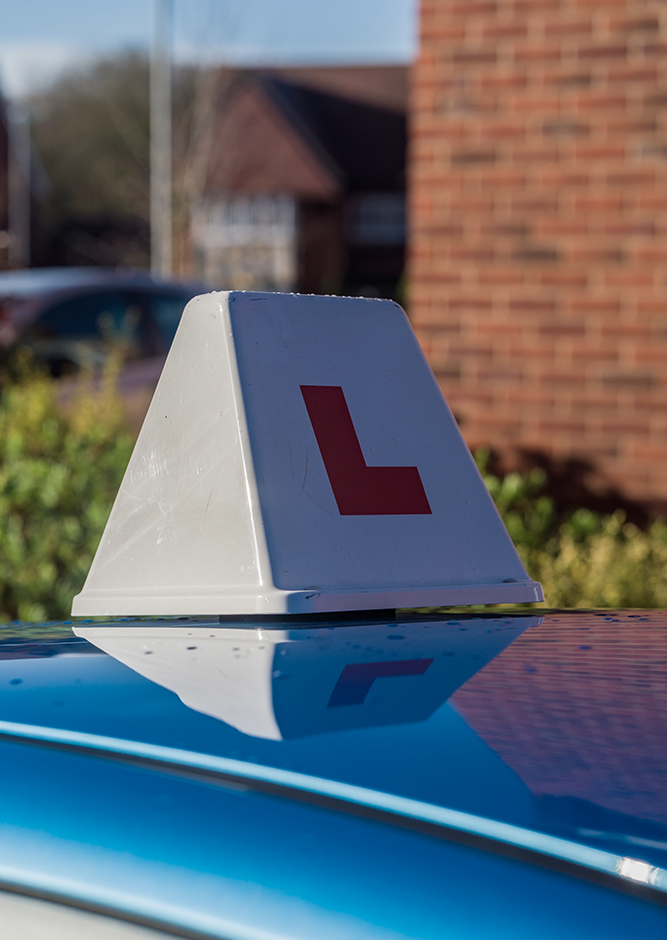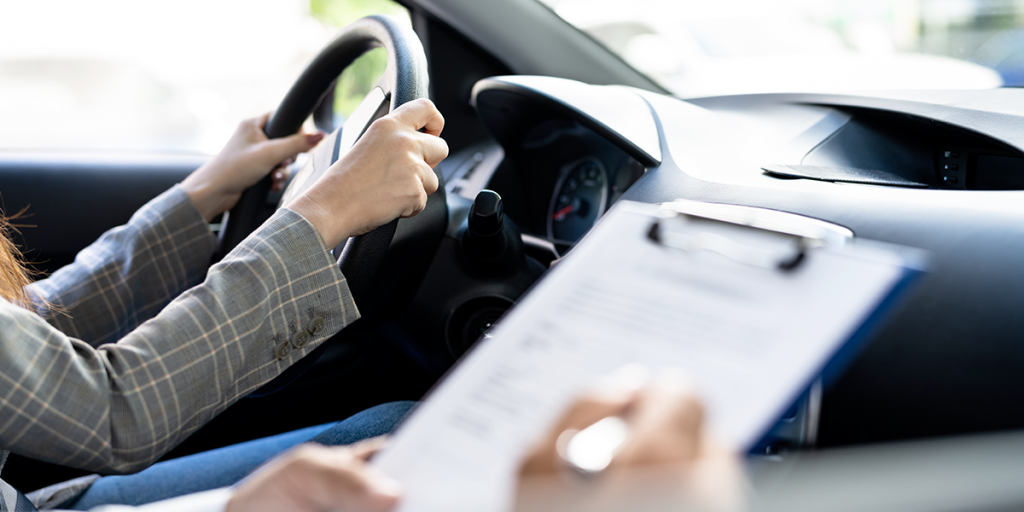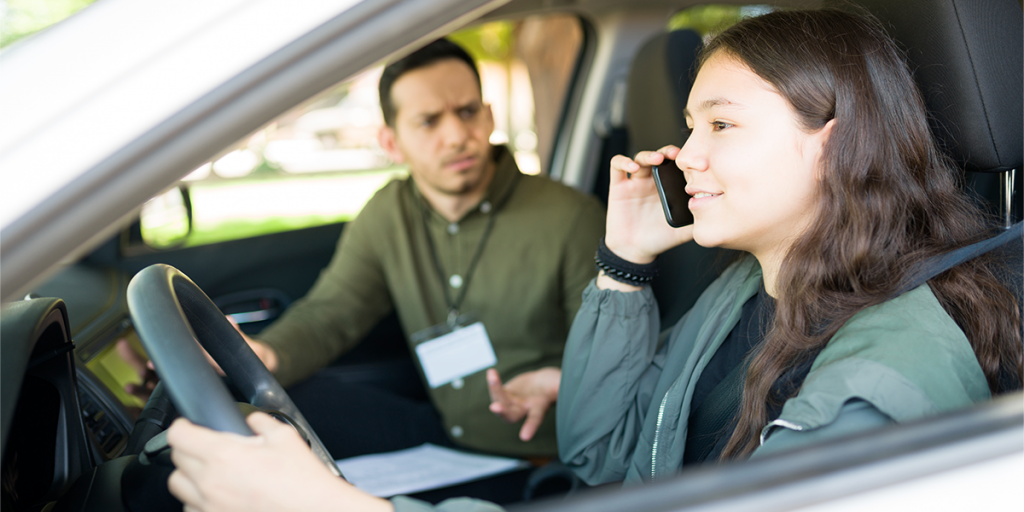But how can you not like driving?

I don’t like driving is the title of a Spanish series, directed by Borja Cobeaga, which is reaping one success after another. The plot? Here is the story of a 45-year-old university professor, who is quite grumpy and at a difficult moment in his life, who has to get his driver’s license and, along the way, will learn a few existential lessons, such as the value and usefulness of driving schools. On screen, without ever losing the comic veneer, we witness the protagonist’s odyssey to learn to drive under the peculiar gaze of his instructor, “an educator” —as he describes himself— for audiovisual posterity. He is perhaps the best co-driver to liven up each scene and teach driving skills between jokes and cliches: “Easy and for the whole family!”, “Where there is a hole, there is joy”, “Wheel to the curb, license in your pocket.”
“The fact that a television series intended for the general public revolves around the protagonist’s need to obtain a driver’s license reveals the importance of this sector in the personal and professional development of many people on a day-to-day basis,” says Enrique Lorca, president of the National Confederation of Driving Schools (CNAE) and the European Association of Driving Schools. “In the end, driving schools make their way into the lives of most people at some point.”
Surely we all keep in our memory endless anecdotes from that time: how many hours we spent preparing the written and practical tests, why we did it, who we went with and what advice the instructors gave us, even if they were not as picturesque as the character in I don’t like driving. And what about our first car or motorcycle, that first scare on the highway or the first trip with the letter “L” shining on the glass. “Our way of driving says a lot about us,” says the expert Enrique Lorca. “And series like this bring us closer to the more human side of training and keep our memories alive.”

CNAE, the voice of the sector
“CNAE is the voice of the sector,” says its president. With more than half a century of experience, the National Confederation of Driving Schools acts as the interlocutor of the country’s driving schools before national and international public administrations, social agents, and other entities. Hence, among other alliances, it is integrated into the European Federation of Driving Schools and the Ibero-American Association of Driver Education and Training Centers.
The National Confederation of Driving Schools was born to establish bridges with the key segments of urban mobility and road transport, apart from promoting its agenda and public image. Now, with a total of 55 provincial and local associations, it is present throughout Spain.
An ode to driving schools
Road training seems essential for the coexistence between vehicles and pedestrians in the city or the rural world and for travel on different types of roads. “Mobility means spending time at driving schools, so they are an axis that affects numerous professional and private activities,” comments Enrique Lorca, also in charge of the European Association of Driving Schools. In this sense, as Bob Dylan would sing, times are changing. “Teaching people to drive has always adapted to change. From those test booklets we used to have, to being able to download them —or the manual itself— onto our mobiles, the connection between students and their driving instructor is increasing. Tutorials and streaming lessons complement face-to-face classes, which are the best training channel,” he tells us.
And an example of these changes: in practical lessons, instructors can control the itinerary with a GPS and an algorithm estimates the strengths and weaknesses of the person behind the wheel. “ADAS or advanced driver assistance systems are also part of teaching and assessment,” says the president of CNAE. Enrique Lorca stresses that driving schools “do not teach simply to pass an exam.” Although this objective must be met, the work of the schools goes further: for the student to drive the car with caution and skill on any road and under any circumstance: in the rain, at night, in a traffic jam, with fluid traffic, alone in the face of danger… “When someone gets into a vehicle there is always a risk. In many cases, the life of the driver and other people on the road depend on the correct use of that vehicle.” Because “We can never do too much in terms of road safety, to raise awareness of responsible mobility,” he adds solemnly.
It is about constant learning, where age is (almost) irrelevant. As a field, teaching to drive always evolves, grows, and expands. And yes, it’s necessary to review the traffic code and current regulations from time to time. The same as we do with computers to make them work optimally, here updates are also necessary.

How to be a good driver
So, how to be a good driver? “A good driver is one who is aware of and sensitive to risk factors and the presence of vulnerable users such as motorcyclists, cyclists, and pedestrians on urban and intercity roads,” summarizes Enrique Lorca. Once the essential knowledge has been acquired and the necessary psychophysical conditions are met, the most reliable drivers have other qualities such as caution, patience and empathy. Because unforeseen events can arise, concentration is essential. As is prudence: rushing is never the best approach and causes a very high percentage of accidents.
And, apart from this, “to drive well it is necessary to maintain a good body position, follow speed limits and signs, always signal, and keep the vehicle clean and in good condition,” says the president of CNAE.
Caution! Common mistakes behind the wheel
Yes, we make mistakes when we go on the road, and some are widespread. Apart from speeding, using a mobile phone while driving or parking in prohibited areas, “the most common mistakes we usually make have to do with overconfidence,” they warn from the National Confederation of Driving Schools. For example: driving positions that can be clearly improved, holding the steering wheel with one hand, not fitting the seat belt tightly around the body, neglecting to look in the rear-view mirrors before starting off, not taking enough breaks on long journeys, not leaving enough space between our car and the one in front, “forgetting” that our car has signal lights, and not paying attention, allowing ourselves to be distracted by the stereo or GPS system. And a summer classic: driving in inappropriate footwear, such as flip-flops. These are some examples that come to mind, mistakes that can cause a lot of trouble. So keep an eye out to avoid them.

Yes, I like to drive!
Let’s go for it. “Although it is not easy, we should try to approach driving tests as calmly as possible. Serenity is key,” suggests Enrique Lorca. Because, in addition to learning the theory and practice of driving, when the exam comes along it is important not to lose concentration and to stay as relaxed as possible. “Pay attention to both the examiner’s indications and the traffic around us. Nerves behind the wheel often play tricks. One should not be afraid of the practical test,” concludes the president of CNAE, who says that urban legends such as “the driving authority is trying to catch you out with the questions” or “the examiner will fail you if you scratch your face” are really not true, although they persist from generation to generation. “They are myths told by someone who, generally, at the end of the exam says, ‘I think I did great!’ But this aspect has to go from the subjective to the objective, and that is the examiner’s job.”
To paraphrase the instructor in I don’t like driving, hopefully the unforgettable journey of getting one’s license will be “Easy and for the whole family!”